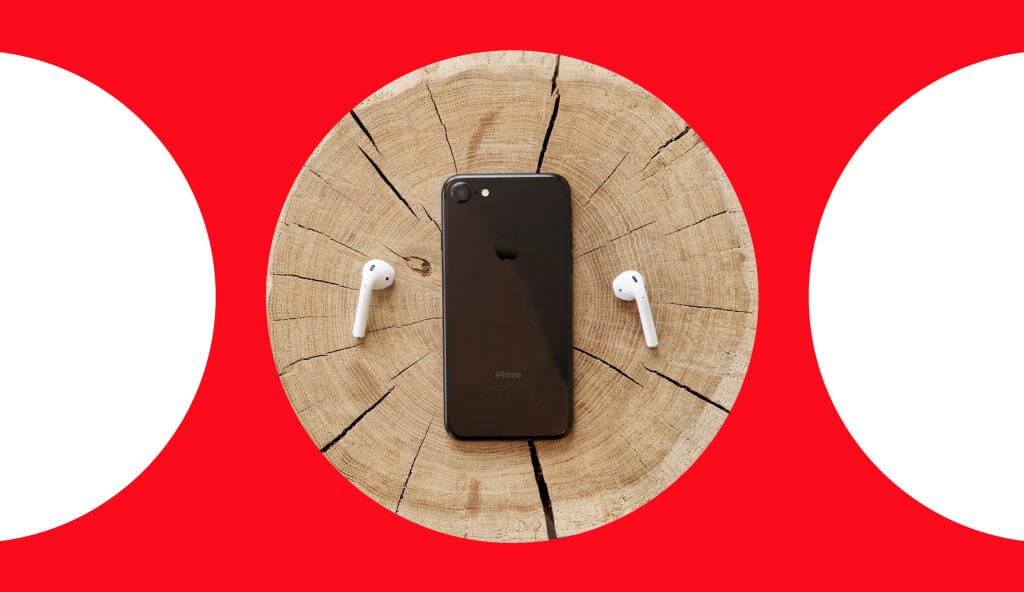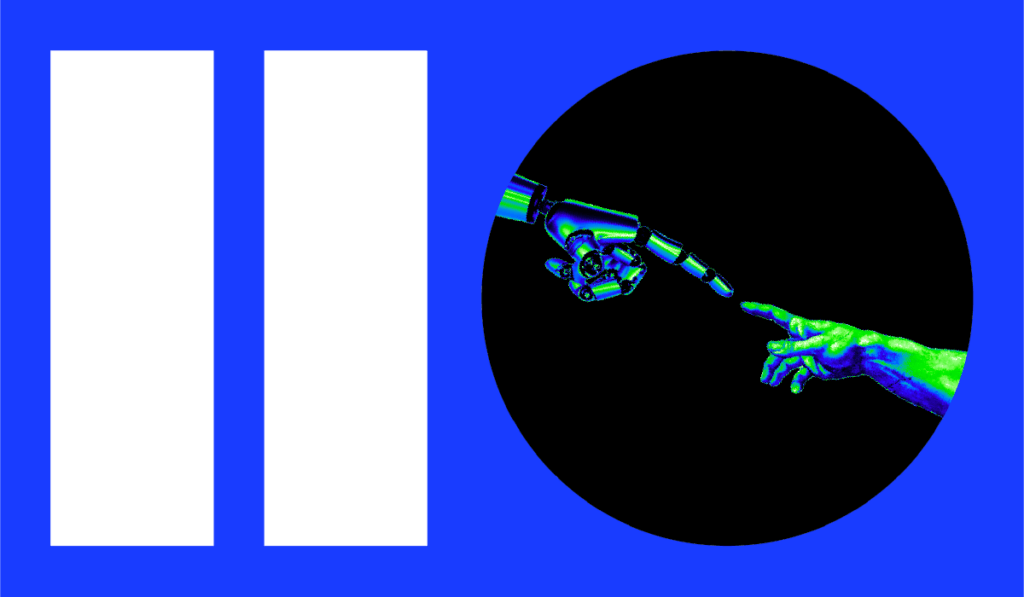
Marrying endorsement with performance KPIs, by Marco Cunalata, Media Supervisor at M+C Saatchi Performance.
On May 9th, the 2024 IAB Podcast Upfronts took place in New York. The media team from M+C Saatchi Performance attended to hear about new initiatives and upcoming changes to the audio landscape. Traditionally, ‘Upfronts’ were the domain of linear TV, and their goal was to enable advertisers to ‘upfront’ their media spend ahead of new TV seasons. The fact that there are now podcast-specific upfronts speaks volumes about how much podcasting has become a serious contender for capturing audience attention.
Summary of themes from the 2024 IAB Podcast Upfronts
A wide range of content was covered during the session, but the biggest takeaways included;
- Creators – the boom in podcast creators has led to a significant increase in ad inventory.
- Audiences – podcasts offer the potential to reach niche and passionate audiences.
- Advertisers – how can you join both on behalf of your clients?
1. Creators
Without podcast creators, there would not be a plethora of available podcast content and, therefore, inventory for advertisers to utilize.
Several top podcasting creators presented, including Cam Jordan, Ben Shapiro, Hala Taha, and Lala Kent, to name a few. They shared nuggets of information and insights from their times as hosts and their interactions with both Audiences & Advertisers. Some of the overarching creator themes to be aware of were:
Authority
The advantage of podcasts over other channels is that the advertiser is tapping into a niche slice of authority, whether sports, politics, or comedy. These people are typically thought leaders in their spaces and ensure that the messages they communicate to their audiences on behalf of advertisers are clear and concise.
Authenticity
Podcasters are trusted by their audiences. Since their programs are often built around their beings and personalities, the products they associate with are also trusted. However, as we are learning on social platforms, trust is moving away from influencers and into content creators because there is a semblance of ‘realness’ to both the creators and the things they endorse. Podcasts have had this built-in since day one.
Value
While you can buy DIA (Dynamically Inserted Ads) or audio spots programmatically for cost efficacy and scale, if you want to drive true brand value, having hosts read ads or even interact with the product is the best ‘creative/spot’ you can ask for. They lead with Authenticity when reviewing your brand and communicate that to their audiences from a place of Authority.
2. Audiences
As with any media channel, listeners won’t engage if the podcast doesn’t ‘speak’ to them. At the Upfronts, many of the podcast creators expressed the importance of fostering community. The community ultimately will consume advertising, so it is important to understand what engages them and how they interact with the hosts. Insights included:
Show size vs listening time
The session presented fascinating insights about the inverse relationship between show size, ad listening time, and Direct Response results. Smaller-scale shows drove better engagement (~80% of downloads listened to at least half of the ad compared to 70% for larger shows) and, therefore, better results for advertisers.
Inventory
Additionally, much of the inventory that is bought, about 44% of all ad spend, is on the top 500 shows, which only constitutes 12% of total reach (within the Acast universe of shows and inventory). This reads as untapped potential for reaching upwards of 88% more users within a podcast network or ecosystem, likely at a more cost-effective rate.
Measurement
Finally, measuring audiences and lift was one of the big topics led by Adelaide, who partnered with NPR to leverage their Attention Metrics and help understand the value being driven by audio campaigns. Historically, measuring ROI on podcasts has been hard, especially in terms of DR results. Rather than a DR approach, a trend in measuring Lifetime Value and the role of podcasts within this is moving measurement forward-thinkingly.
3. Advertisers
First and foremost, it is essential to understand the brand’s needs and strategically examine where podcasting fits into the media mix and marketing funnel. Remember, audio as a channel does not fit all advertiser needs and typically offers frequency and reach. However, podcasts are plentiful and cost-effective, and where they typically sit in the marketing funnel does not mean advertisers should be dissuaded from allocating a test budget.
Tips
- Begin with a broad strategy and be diligent about the kinds of shows you run ads on.
- Consider a spread of podcast sizes and genres (even if they don’t feel like they relate contextually. For example, one diaper brand stated they ran within parenting and newborn shows but saw minimal conversions. It wasn’t until they spread out to comedy that they saw results)
- Review how the podcast is distributed. Is it solely through audio, or is the show also available on video and live stream, e.g., YouTube? Podcasting is moving away from audio only, with YouTube being the podcast platform.
- From a creative point of view, if you are an advertiser with rigid brand guidelines, this may not be the right channel. Several speakers stated their preferred approach was not to be held to a script, preferring flexibility (which aligns with the importance of authenticity). Their point was, that no amount of targeting or scale will help if ads do not sound like it’s coming from the podcasters themselves.
- Advertisers should always review numeric values, such as reach and scale, when considering podcasts to find the most suitable ad placements. We also recommend listening to several episodes to ensure a solid brand fit.
“Some questions to consider as you review each podcast will depend on the brand but might be: did you enjoy the episode? Did you learn something? Do you want to listen to more? Do you trust the host or feel they have a level of authority or authenticity? If not, then question the value and whether this is the right podcast for your brand.”
Marco Cunalata, Media Supervisor, M+C Saatchi Performance
Do you have any questions about how we can help your brand grow using podcasts or other media channels?

